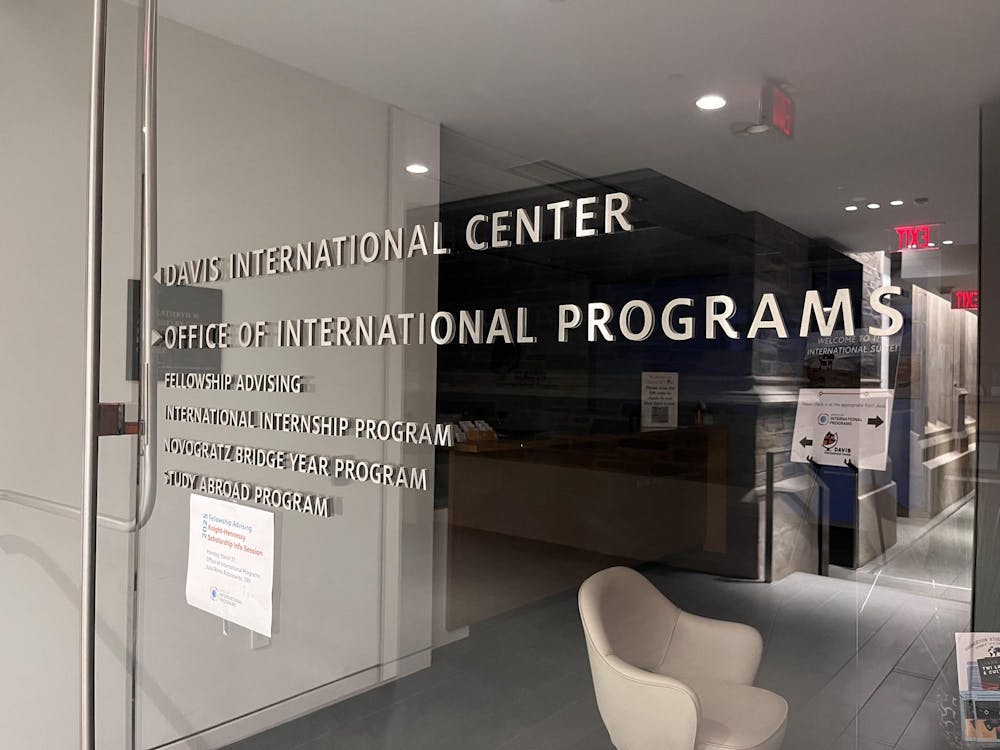The FBI investigation of last fall's anthrax attacks made a visible return to downtown Princeton this summer when agents removed a mailbox across the street from Holder Hall.
In a search of more than 600 area mailboxes, agents said, the box at the corner of Nassau and Bank streets was the only one to test positive. The FBI did not explain why it waited nearly a year to test area mailboxes. The contaminated mailbox was replaced, and state health officials said they consider the health risks minimal.
The finding does not conclusively tie the anthrax mailings to Princeton, leaving the FBI still unable to answer the most basic questions like where the letters entered the postal system, let alone who sent the letters, spokesmen have said.
The box in which spores were found was used to store sorted incoming mail and outbound letters, leading some to speculate that a letter addressed to an area resident might have picked up spores on contaminated sorting equipment before arriving in Princeton.
After the test, agents canvassed the area with a photograph of Stephen Hatfill, a biologist who who investigators believe may have been involved in the attacks, local business owners said.
Hatfill does not live in Princeton and has denied involvement in the attacks.
Agents have declined to describe Hatfill as a suspect in the probe and have not charged him with a crime. Hatfill and a number of civil liberties experts have questioned the propriety of the FBI's apparent focus on him, noting that he has not been linked to any physical evidence of the anthrax mailings.
These frequent visits by FBI investigators have led some to believe that the Princeton area is connected to the mailings.

"There is probably more than a casual coincidence," said Princeton Borough Mayor Marvin Reed, whose office has been repeatedly questioned by FBI investigators.
Four of the anthrax letters were processed at the Hamilton postal complex, about a 30-minute drive from campus. Investigators have explained the letters could have come from anywhere within the large area served by the Hamilton facility — an area that includes the University.
In November, the FBI questioned University molecular biology faculty members as part of its effort to find out which labs might have generated the anthrax used in the letters. Agents also made test copies on University photocopiers. They hoped to match faults on the copier drum to those visible on the letters to identify which copier was used to make the letters.
In late October, a suspicious powder found in the Frist Campus Center became a focal point for campus concern. The powder tested negative for anthrax, but the University came under fire for its handling of the matter.

While waiting for the test results, health officials initially failed to warn students to be on the lookout for the flu-like symptoms that accompany an anthrax infection. Some outside experts worried that if the powder were anthrax, infections could progress to an untreatable stage before test results became available.
The University offered the flu vaccine to students and staff at no charge for the first time last fall. Pamela Bowen, health services director at the time, explained that the vaccine, designed to prevent flu infection, could also make it easier for doctors to spot anthrax infection, which has flu-like symptoms in its early stages.
The Palmer Square post office was also briefly closed last fall after a single spore of anthrax was found in a container inside the building.







